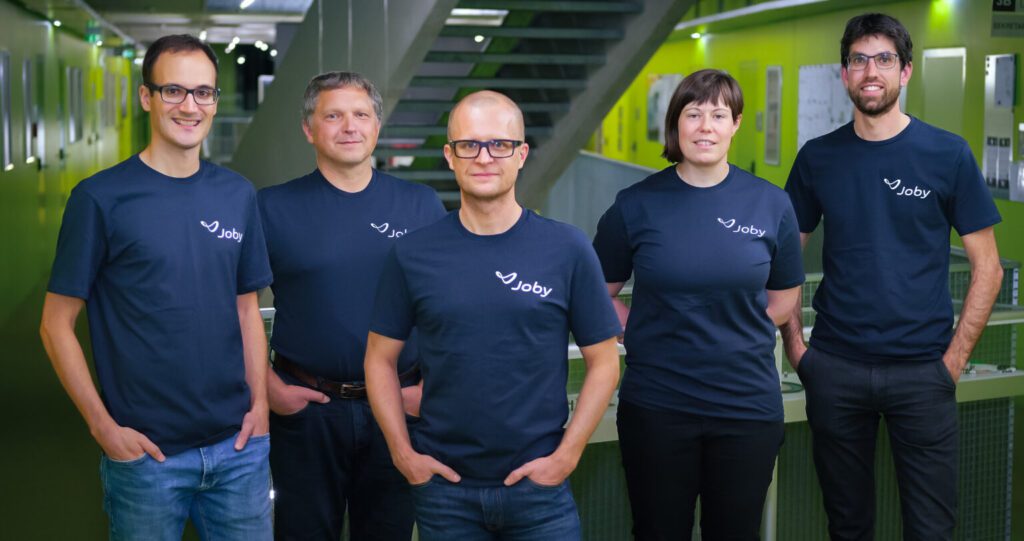
The five-member team from radar developer Inras is based in Linz, Austria, and will assist in the integration of Inras’ technology into Joby’s eVTOL aircraft. (Photo: Inras)
Joby Aviation recently announced its acquisition of Inras, a radar development company based in Linz, Austria. The five-member team from Inras brings expertise in designing radiofrequency (RF) systems and advanced radar sensors and includes co-founders Andreas Stelzer and Andreas Haderer.
In the press release from Joby, Stelzer commented that his team looks forward to continuing the development of RF systems that will become essential for sustainable aviation. Through integration of Inras’ advanced sensing technology into Joby’s electric taxi, he stated, they will be able to “improve the aircraft’s onboard detection and navigation capabilities in preparation for scaled operations.”
Speaking about the acquisition of Inras, Joby’s founder and CEO JoeBen Bevirt shared that the Inras team “are leaders in solving the challenges associated with airborne sensing and autonomy and we are excited to welcome them to Joby as we move toward integrating more advanced detection capabilities in the future.”
Several big announcements came from Joby in 2021, including a February release sharing that the company came to an agreement with the Federal Aviation Administration (FAA) regarding G1 certification conditions. Once certified for commercial operations, Joby’s eVTOL would be one step closer towards the goal of operating its aircraft in 2024. During the company’s quarterly earnings call in November, it was announced that Joby was on track to begin its first aircraft conformity inspection with the FAA.
Two of the major developments that have come from Inras are the Radarbook2, a microwave radar evaluation platform, and the Radarlog, a microwave radar data capturing environment. Both were created with R&D laboratory applications in mind. The Radarbook2 platform was an improvement upon the team’s original Radarbook and uses an Arria 10 processing unit. According to the Inras company website, “This platform enables the execution of custom applications directly on the dual-core ARM processor.”

A screenshot depicting the Radarbook2 (Photo: Inras)

Inras’ Radarlog (Photo: Inras)
The Radarlog was designed with the capability to handle complex data analysis and algorithm design; “Up to 16 analog receiver channels can be sampled at 65 MSPS per channel, processed, streamed, and stored via a USB 3.0 interface with a data rate up to 1.6 GBit/s.”